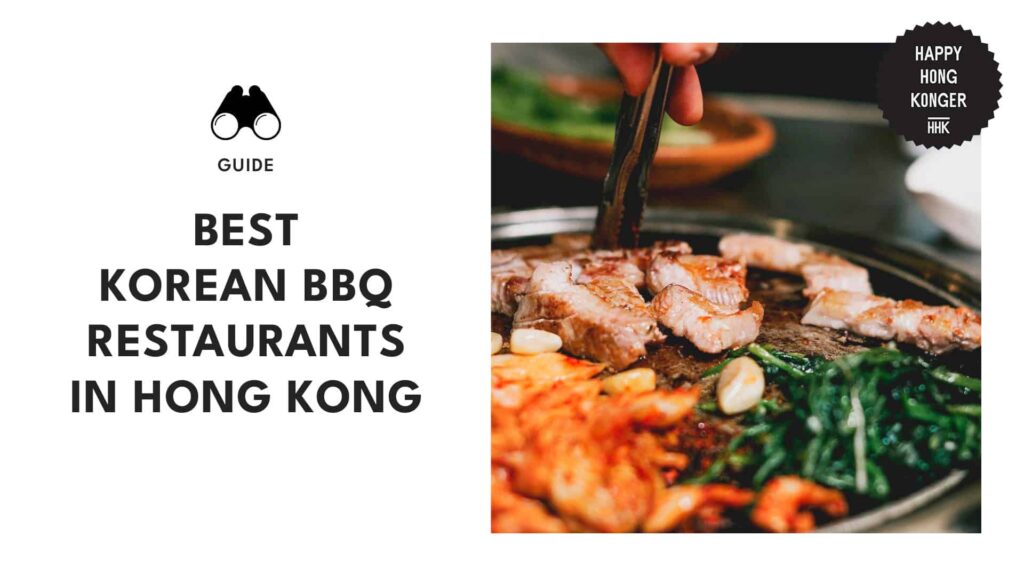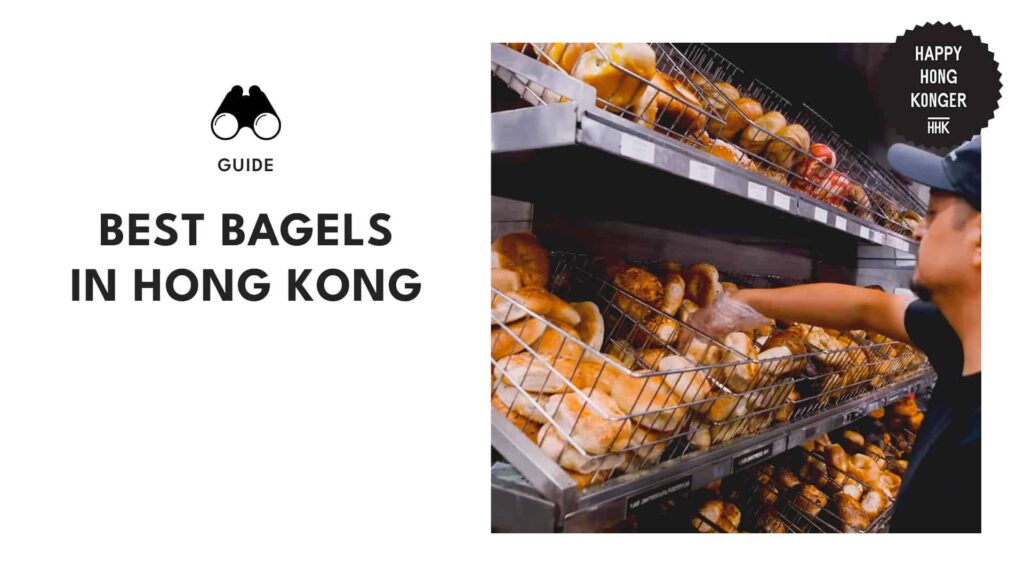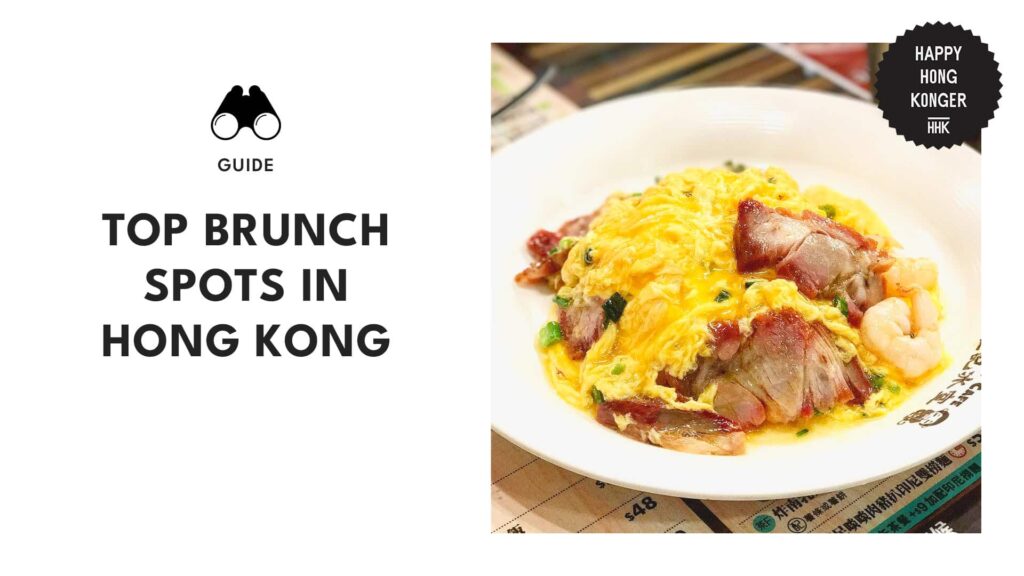Categories > Guides and Tips

Table Manners in Hong Kong: Dining etiquette to follow in our city!
Here’s a fun story about dining etiquette in HK: in 2018, I brought a foreign friend over without telling her about our table traditions. So, imagine my horror when she took her first bite without letting my elderly parents take theirs first. The shock might as well have sent me into a coma!
Now, this might have broken some friendships right there. Thankfully, my parents have always been cool and my friend was culturally open.
Still, better safe than sorry! That’s why it’s best to learn some Hong Kong dining etiquette with us today for your stay in our city.
What are table manners in Hong Kong?
In Hong Kong, table manners include the proper holding of chopsticks, letting the eldest eat first, and using utensils to serve yourself. It also gets into where you sit and even how to ask for your tea, with unwritten rules for dining in restaurants or even at home.
For an average Hong Konger, these table manners will come naturally. But if you’re a tourist, it’s advisable to learn a couple of these “rules” – especially if you really want to have a true local experience without offending anybody.
Hong Kong Table Manners to Learn
When you’re dining in Hong Kong, it’s common to be seated at a round table with each course placed in the middle.
Locals in Hong Kong often prefer group dining, typically with a minimum of four people per table. Why? ‘Cause it’s all about sharing the flavor! Dishes land in the center for everyone to dive in and taste a bit of everything.
But let’s talk about details – it’s good to know a bit about how we do things at the table.
Seating Arrangements
So, rule number one: don’t just plop down anywhere. Wait for the seating assignment because, in this game, hierarchy and seniority decide where you park it.
The VIP, aka the guest of honor, grabs the throne dead center, facing the entrance like they’re about to make a grand entrance themselves.
The host? They park it right across, looking all VIP-like with their backs to the door.
Now here’s the fun part – the closer you are to the guest of honor, the more VIP you are. Oh, and hold up, if the big shot isn’t seated, nobody is. And if they haven’t started their feast yet, you’d better not even think about touching that chopstick.
Now, when it’s finally toast time, guess where the first cheers happen? Yep, right from the VIP zone, trickling down the importance ladder.
Cutlery
When you take your seat, you’ll notice a big bowl and teapots waiting for you. But don’t get too excited for a tea party just yet – these are actually for rinsing, not sipping.
Your mission, should you choose to accept it, is to give your chopsticks, teacups, bowls, and plates a quick rinse. It’s not a hygiene thing these days, more of a nod to tradition and good manners.
Interestingly, this task used to be all about keeping things clean, but now it’s become a bit of a cultural practice.
And here’s the lowdown: often, it’s the younger ones or the workplace heroes taking charge of this pre-meal ritual. Simple enough, right?
Eating
When it comes to enjoying a meal in Hong Kong, a bit of civilized behavior is the name of the game. Here’s how that works out for us:
Let older people eat first
Here’s the drill: let others dive into the deliciousness first. It’s how you show some respect, especially to the elders.
If you catch wind of an elder saying, “Let’s eat,” that’s your cue to dig in. No sneaky moves ahead of the seniors, though!
Now, when it’s time to lift that bowl, here’s the play-by-play: thumb on the bowl’s rim, first finger, middle finger, and third finger supporting the bowl’s bottom, with an empty palm. Trust us, it’s like the proper bowl-lifting ballet.
Oh, and whatever you do, don’t hunch over the table to eat – major table manners faux pas! Keep it upright, face your bowl, and you’re on the right track.
Take food first from the plates in front of you
When it’s time to load up your plate, the golden rule is to stick to what’s in front of you. No chopstick excavations in the middle or swiping from others’ territory.
Enter the lazy Susans – those nifty revolving tables. They’re effective for big feasts, smoothly passing dishes around. But of course, always check if someone else is making a move before you start spinning one your way.
Consider others at the table
Now, when you spot your go-to dish, resist the urge to devour it like it’s the last meal on Earth. Don’t be the one hogging the plate in front of you; instead, be mindful of the others around the table.
And if you’re eyeing the last bits on a plate, play it polite – check in with the crew. If they’re waving the white flag (not literally, just take on bodily cues that suggest they’re not going for it), then and only then can you go ahead and savor those last bites.
Watch your chopsticks
Chopsticks come with their own set of rules. Rule number one: no pointing! Keep those sticks focused on your plate, not as makeshift wands.
Rule number two: no chopstick standing ovation. Sticking them upright in a bowl of rice is a big no-no. It’s a bit like mimicking a ritual with incense sticks for the departed, and we’re here for good vibes only.
Oh, and when it’s communal chopstick time (yes, that’s a thing), resist the urge to use the ones that just took a tour of your mouth.
Practice the “thank you” gesture
Alright, let’s talk tea etiquette – a serious business here in Hong Kong, actually.
The moment you snag a seat in a restaurant, cue the arrival of the tea. A friendly waiter or waitress swings by, pouring a warm cup as you dive into the menu.
Now, here’s the important part: the tea pot sticks around on the table after everyone’s got their sip. It’s like the unofficial centerpiece of the meal.
When someone plays the role of tea maestro, generously filling your cup, show some love with a little tap on the table using your first two fingers. Two or three taps say, “Thanks, I’m good on the tea.”
Know when the meal ends
You’ll catch a hint that the feast is winding down when a plate of fried rice or noodles makes its grand entrance. It’s more of a symbolic gesture, like the encore of the meal.
It’s totally cool to appreciate it visually, but digging in might send the message that the previous courses didn’t quite hit the spot.
Watch out for these subtle cues: if a server places flowers at the lazy Susan’s center, if a fruit finale is served, or if you find yourself handed a finger towel.
It’s the dining Morse code that signals, “The meal’s bowing out, folks.” So, take a moment, soak it in, and prepare for the final curtain call.
Settling the tab
Staying true to the seniority and hierarchy traditions, it’s usually the person who organized or hosted the dinner stepping up to cover the check.
Yet, that doesn’t mean you can’t throw your hat in the ring or have a casual chat with the host about splitting the bill.





